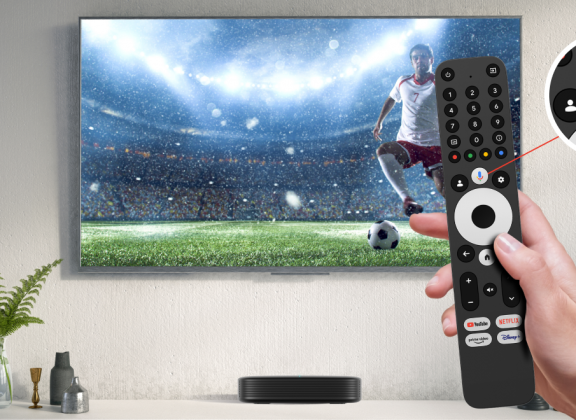In today’s digital landscape, managing television content has never been more intuitive. One groundbreaking feature that stands out in modern set-top boxes is voice command. Many devices—especially those built as a voice control set-top box—now incorporate cutting-edge technology, enabling users to control their viewing experience without the hassle of traditional button presses.
Revolutionary Features of Voice Command
Modern set-top boxes equipped with a voice assistant not only respond to spoken commands but also seamlessly work with the broader smart home ecosystem. Thanks to robust smart home integration, you can now synchronize your TV with various home devices—from controlling ambient lighting to monitoring security systems. Home automation with TV as a central hub provides a cohesive and logical setup for a connected lifestyle.
For instance, media players running on Google TV, such as a Google TV box, offer a combination of voice search, smart device management, and entertainment capabilities. These devices provide hands-free TV control and easy access to a voice assistant for TV, allowing you to effortlessly switch channels, adjust volume, launch apps, and even search the web. Furthermore, a TV box with voice recognition ensures that every command is executed accurately, delivering a smooth and efficient viewing experience via a voice remote streaming device.
Benefits of Voice Command for IPTV Users
Voice command introduces a host of enhancements for IPTV enthusiasts. And while you don’t necessarily have to have the very best voice-enabled remote, a quality device will ensure that interacting with your set-top box is both easy and intuitive. Gone are the days of wasting time scrolling through lengthy channel lists or hunting for that elusive button—simply speak your request and your voice remote streaming device acts immediately.
Key benefits include:
- Efficiency and Speed: Set-top boxes with advanced voice recognition can instantly locate your desired content using just voice commands, making it ideal for quickly switching between programs or initiating voice searches.
- Enhanced Accessibility: The ability to control your TV without a conventional remote enriches the viewing experience for individuals with disabilities and for anyone who prefers a more hands-free approach.
- Seamless Smart Home Integration: Modern devices that support voice command can become a central part of your smart home ecosystem, allowing you to manage not only your TV but also other connected devices, thus promoting a unified, voice-controlled entertainment experience.
Practical Tips for Choosing and Configuring Your Device
To ensure that your set-top box serves you optimally and delivers maximum convenience, consider these practical recommendations:
- Voice Command Support: Confirm that the device fully supports voice commands as featured in a voice control set-top box. This ensures comprehensive control over all viewing functions.
- Remote Quality: Invest in a device that comes with the best voice-enabled remote, characterized by an ergonomic design and a highly sensitive microphone for precise command recognition.
- Smart Home Compatibility: It may sound obvious, but don’t forget that successful smart home integration relies upon making sure that the set-top box is fully compatible with your existing smart home setup.
- Regular Updates: Ensure that the device’s firmware is up-to-date. Continuous updates not only improve performance but also add new features to your set-top box with voice assistant.
Voice command technology in modern set-top boxes is transforming the way we interact with television, merging convenience with unparalleled accessibility. With features like hands-free TV control, a voice remote streaming device allows users to effortlessly manage their viewing experience. These advancements, coupled with extensive smart home integration and the capabilities of a Google Assistant TV box, deliver a powerful, unified system that simplifies both content navigation and home automation.
